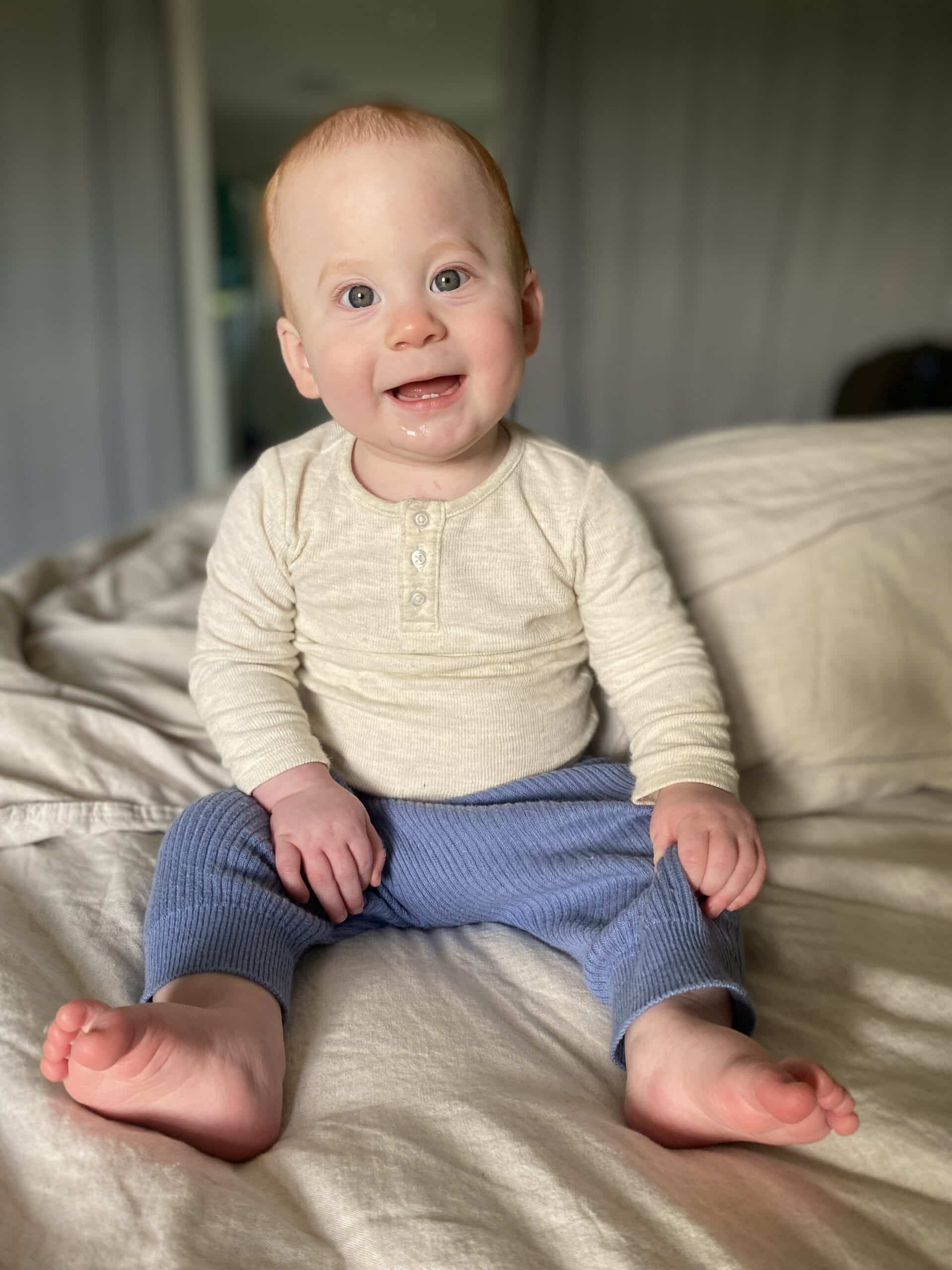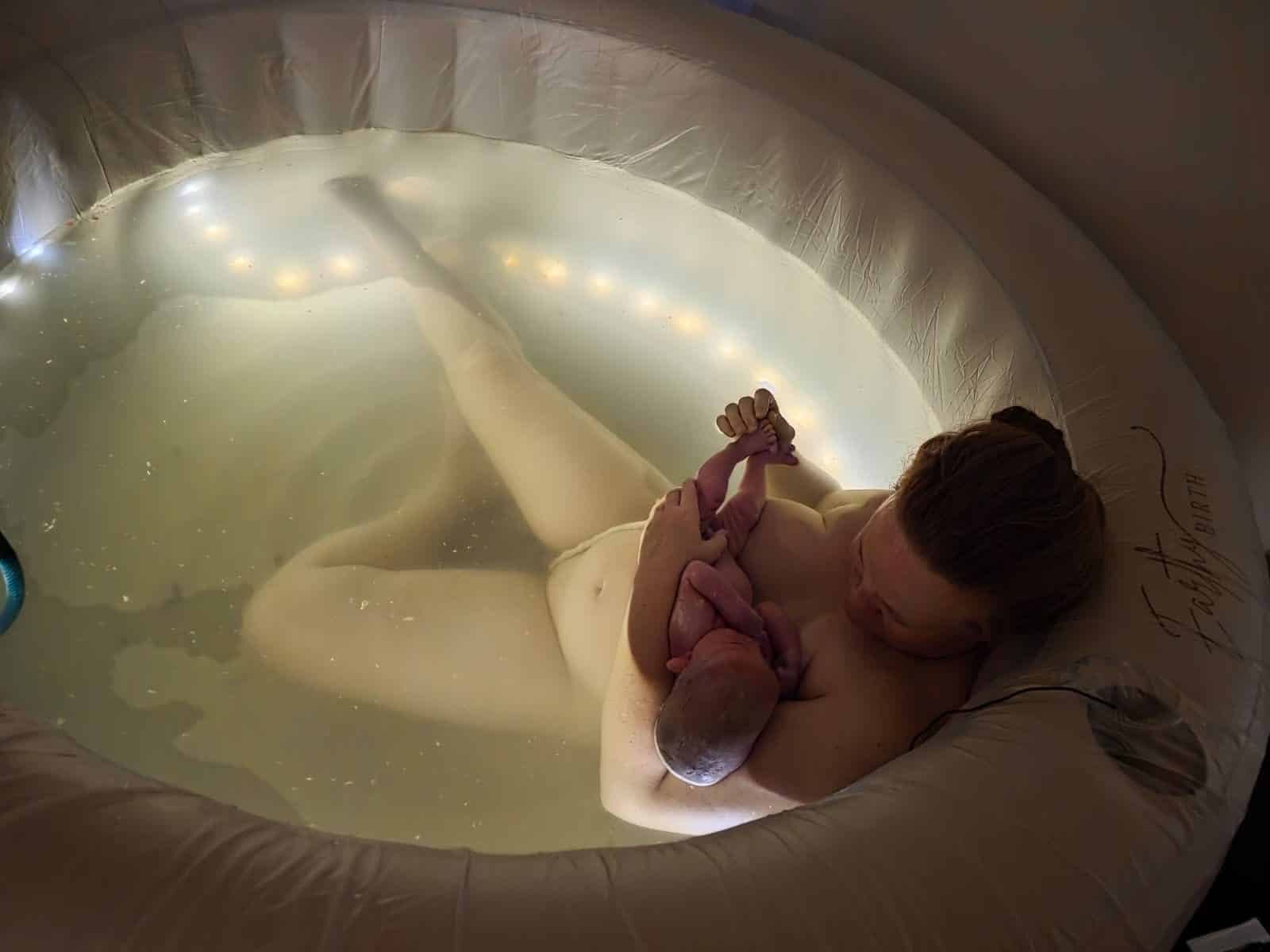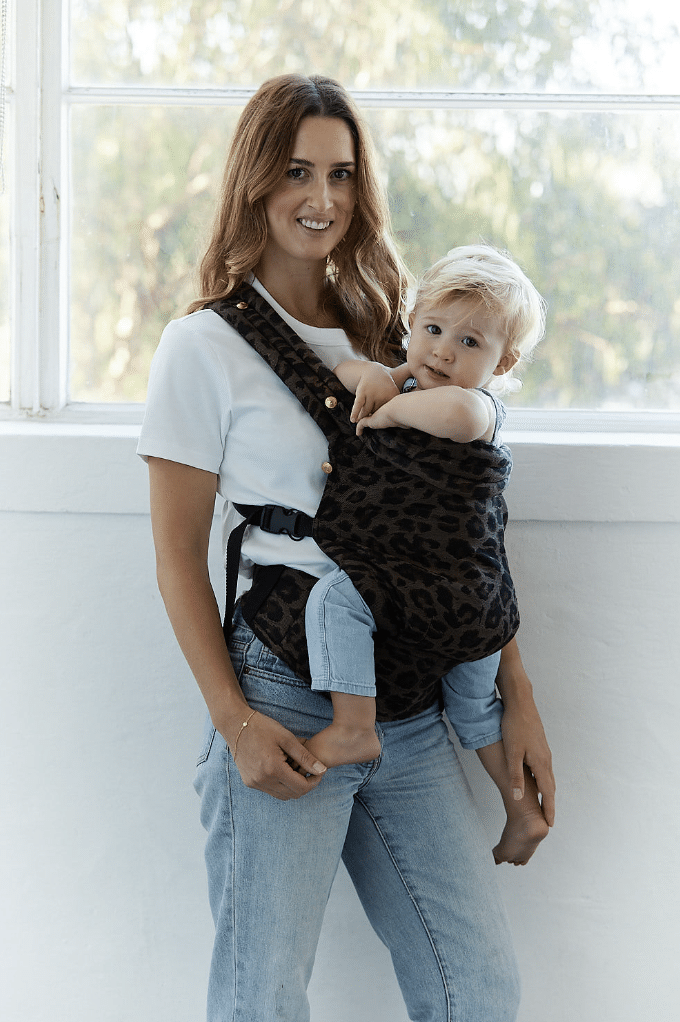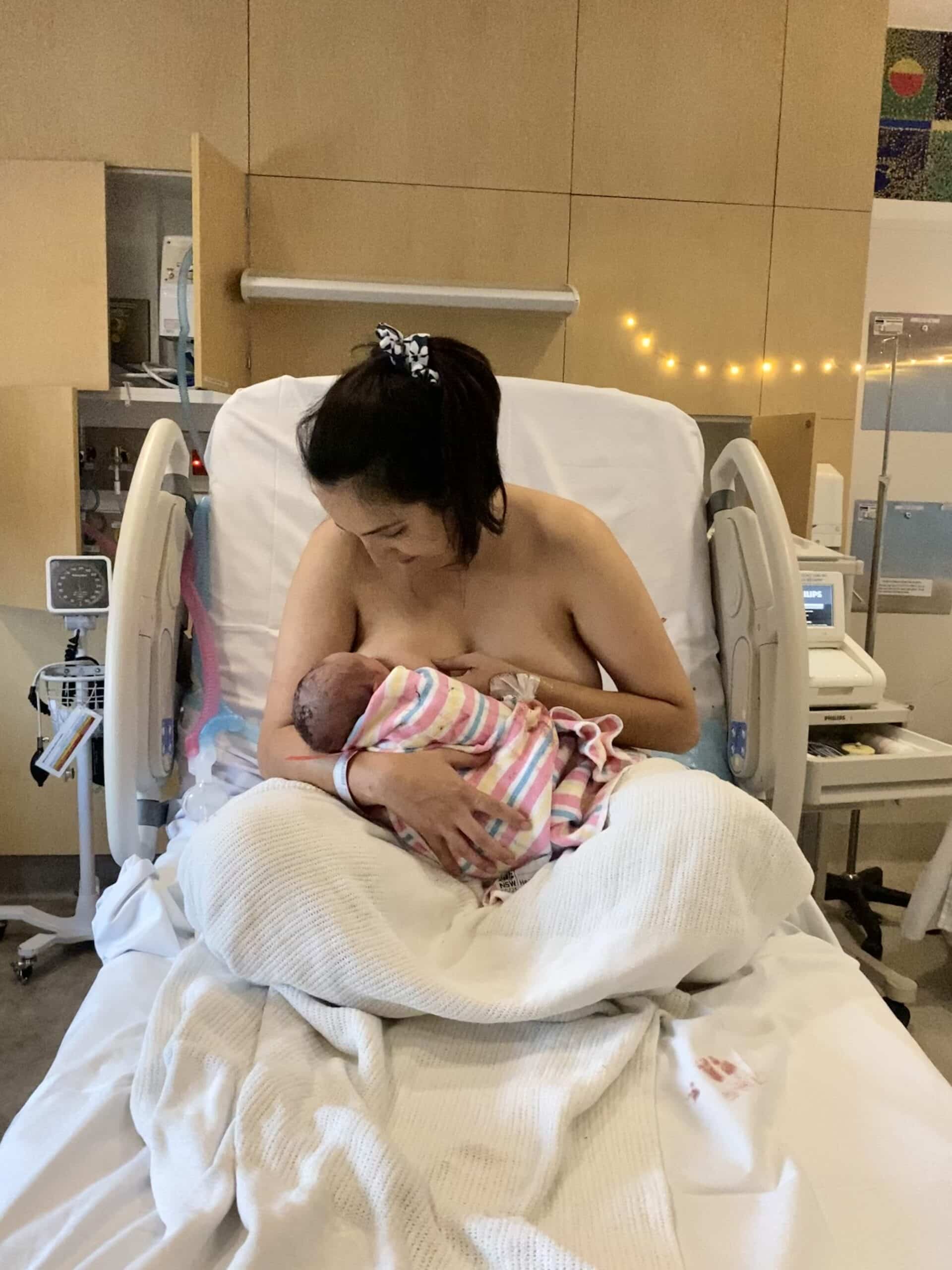Podcasts Katherine | Unexpected diagnosis, craniosynostosis journey, surgical planning, parent advocacy
EPISODE 580
Katherine | Unexpected diagnosis, craniosynostosis journey, surgical planning, parent advocacy
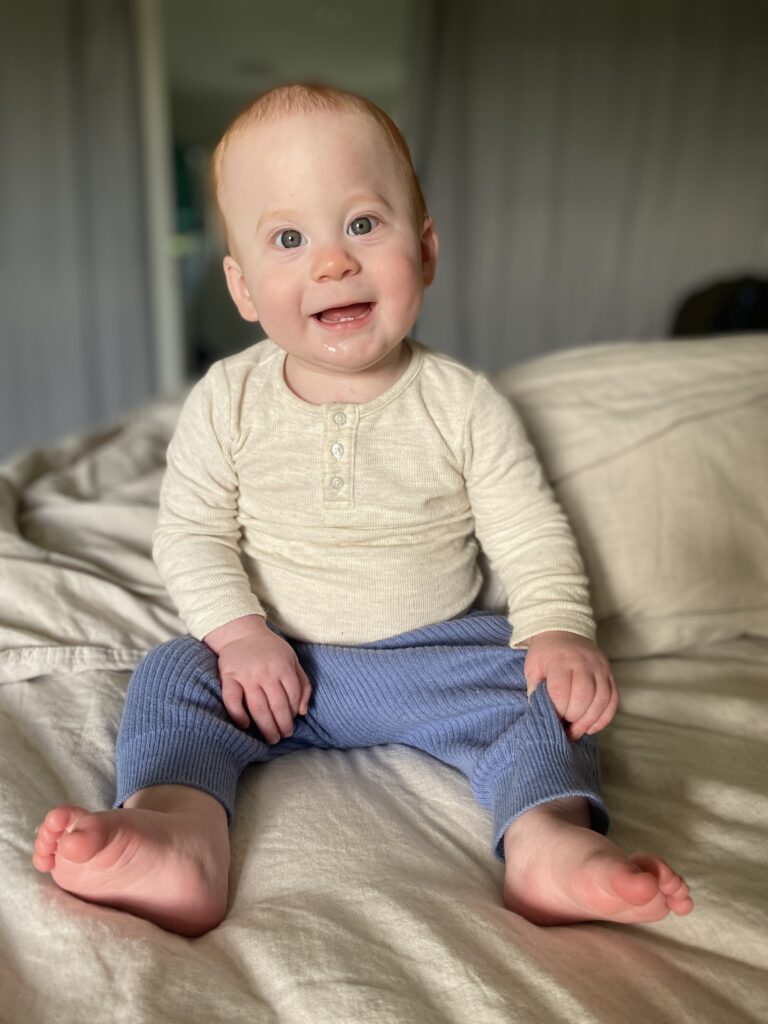
Katherine lives in Brisbane with her husband Nick, their son Finn, and extended family including her sister Amy and brother-in-law Brett – a living arrangement that came about following the 2022 floods but has provided wonderful support during their medical journey.
Planning for Parenthood
“We’d been trying for a little while before we finally fell with Finn, so yeah, it was an exciting time for us.” Katherine describes herself as “a bit of a control freak” who preferred the certainty of a planned caesarean, which worked perfectly when Finn remained transverse throughout pregnancy.
Her pregnancy progressed smoothly overall, with only gestational diabetes and Finn’s persistent transverse position as complications. “I felt generally pretty well, which I know is not common for a lot of people. No sort of nausea or anything like that, just a bit of fatigue.”
The Challenge of Position
Finn’s stubborn transverse position required intervention. “By about sort of 36 or 37 weeks, my obstetrician had actually said to me we really needed him to turn so that I didn’t have to risk possibly staying in hospital for the week before my scheduled C-section date.” Katherine tried acupuncture and moxibustion – a traditional Chinese medicine technique involving burning moxa sticks near acupressure points. “It worked miraculously more than once because he turned head down and then the following scan he turned back to transverse again.”
Birth and Early Feeding Challenges
Finn was born via caesarean at Mater Private Hospital in Brisbane, weighing just under three kilograms – smaller than expected. “He was littler than we expected. He was just under three kilos and we were sort of expecting him to be around 3.5 or closer to four.”
Breastfeeding proved challenging from the start. “Right from Finn’s birth, we actually couldn’t get him to latch. I dunno if it was just a result of him being sort of very little and or maybe I’ve sort of got, I suppose my nipples are probably a bit flattened, so it wasn’t really conducive to a good latch.” Katherine expressed for three months whilst combination feeding, demonstrating remarkable dedication. “He actually has been predominantly formula fed since birth and I expressed for the first three months after he was born and also bottle fed him breast milk.”
Unexpected Medical Emergency
At 10 weeks postpartum, Katherine faced another medical crisis. “I ended up having to have my gallbladder out when Finn was 10 weeks old.” The severe pain struck suddenly in the night. “I woke up in the middle of the night, sort of doubled over and had to wake Nick to, to say to him, I don’t know what’s happening to me, but I need help.” Paramedics initially suspected cardiac issues due to the high chest pain, but it was her gallbladder requiring emergency surgery.
The Craniosynostosis Diagnosis
The most significant challenge came just 24 hours after Finn’s birth. “The Tuesday, so the following day after his birth, when the paediatrician came to do his checks, he sat down at the end in our room and, and said, now, you know, I’m not trying to alarm you here, but I do need to talk to you about this particular issue.”
Finn was diagnosed with craniosynostosis – specifically metopic synostosis, where the suture between the frontal bones of the skull fuses prematurely. “What that is is essentially an early fusion of one plate of his skull… fins suture right at the front between the two frontal bones or frontal plates. So where his forehead is, that’s the metopic suture, and that was fused when he was born.”
The paediatrician could identify the condition because “his anterior fontanelle, so the fontanelle right at the front was very small, and he also had a bit of a ridge that ran down of his head, so his head sort of, rather than that kind of rounded shape, when you look down at it from a bird’s eye view, it sort of has a bit of an egg shape.”
Emotional Impact and Information Gathering
The diagnosis was devastating for new parents. “I had never heard of it before. I think at that time it was pretty shocking, especially, you know, that day after birth, your hormones are totally wild… once he left the room, I just burst into tears because that’s really, I think at that point all you can do.”
Despite the paediatrician’s advice not to Google, Katherine educated herself thoroughly. “Honestly, a lot of learning has come from other families online. So particularly there’s Facebook groups that are dedicated to families that have kids with cranio, and it was actually through that Facebook group that I was able to connect with another family in Brisbane whose daughter had had metopic cranio that was corrected by the same surgeons that we’re gonna be using.”
Understanding the Condition
Katherine explains that craniosynostosis affects “one in 2000 to one in 4,000” babies, with metopic synostosis being the second most common type. “It’s actually a genetic issue that’s caused a suture to fuse early and sometimes it’s multiple sutures… it’s completely distinct from plagiocephaly,” which is the positional flat head syndrome many parents know about.
The condition appears to be random in their case. “We don’t have cranio on either side of my husband or my family… it can also just be a mutation that occurs during pregnancy.”
Preparing for Surgery
At eight and a half months, Finn is scheduled for surgery at 10 months old. “The only solution for cranio is surgery, so that’s the only way that you can repair the sort of head shape.” Katherine chose the more comprehensive cranial vault remodelling over endoscopic surgery. “We had decided that that was the better way to go for us because the issue with endoscopic surgery from what we had heard was that there was a risk that after that procedure was done, the suture could still fuse too early and end up with the same head shape.”
Pre-surgical testing includes ophthalmology exams to check for intracranial pressure and CT scans for detailed surgical planning. “The CT scan he had on Monday, that’s again, sort of more of a diagnostic thing. It just gives a better image than x-ray, I believe, to sort of give them the reassurance that yes, it’s definitely the metopic suture that’s fused.”
Choosing Private Care
Katherine opted for private treatment primarily for scheduling certainty. “We wanted certainty around his surgery date… if your surgery date comes up and something happens and they can no longer do the surgery on that date, the surgery will be pushed to a bit later… I just didn’t feel that that was something I was prepared to do.”
Preparing for Recovery
The surgery and recovery process is confronting for parents. “Our plastic surgeon had said he will look worse than he feels… really I think the parents primarily are the ones that really suffer from this surgery because it’s the watching your little baby go through that surgery and that really tough recovery.” Katherine is preparing herself for the fact that “your baby looks different to the way that they’ve looked up until surgery because you know, their skull shape changes.”
Looking Forward
Despite the challenges, Katherine remains optimistic. “Honestly, I think we’ve done okay. There’s obviously, you know, that underlying anxiety of my tiny little baby is going to have really serious surgery on his skull when he’s 10 months old… but we’ve done okay.”
For future pregnancies, genetic testing will provide information primarily for Finn’s future family planning, and extra monitoring during pregnancy scans will be implemented. Remarkably, “now looking back on some of the imagery from our ultrasounds while I was pregnant with Finn, you can actually see that his metopic suture was fused.”
Katherine’s message to other families facing similar diagnoses is one of reassurance: “I do hope that, you know, for anybody that this does happen to in the future, that you feel a little bit more comfortable in knowing that you’re not alone. There’s a lot of people out there that have been through this already. It’s really confronting to start with, but honestly, your baby will be okay.”
This episode provides crucial information about craniosynostosis whilst highlighting the importance of connecting with other families, thorough research, and advocating for your child’s care. Katherine’s journey demonstrates that whilst unexpected medical challenges can be overwhelming, with the right support and information, families can navigate even complex surgical procedures with confidence.
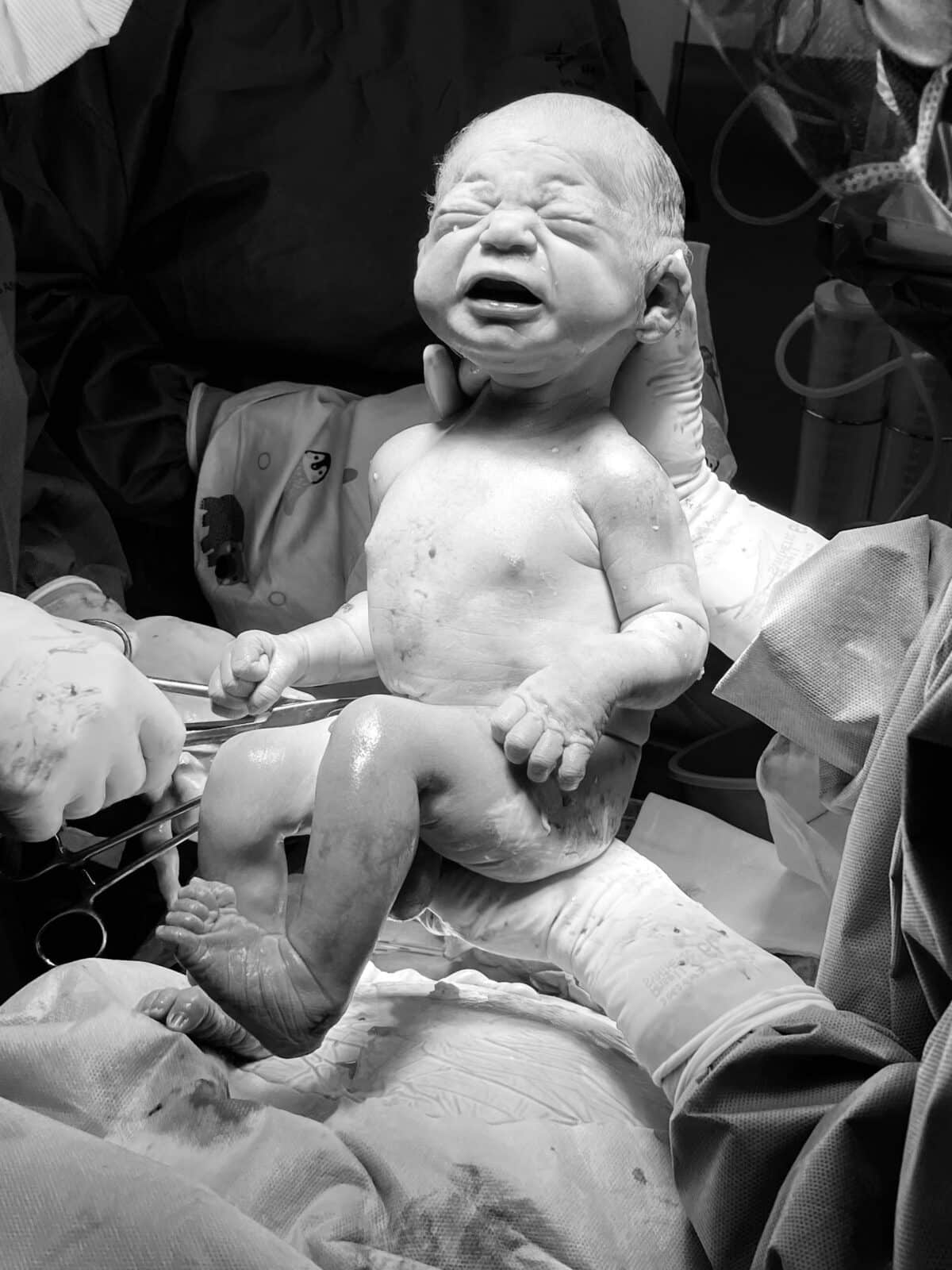
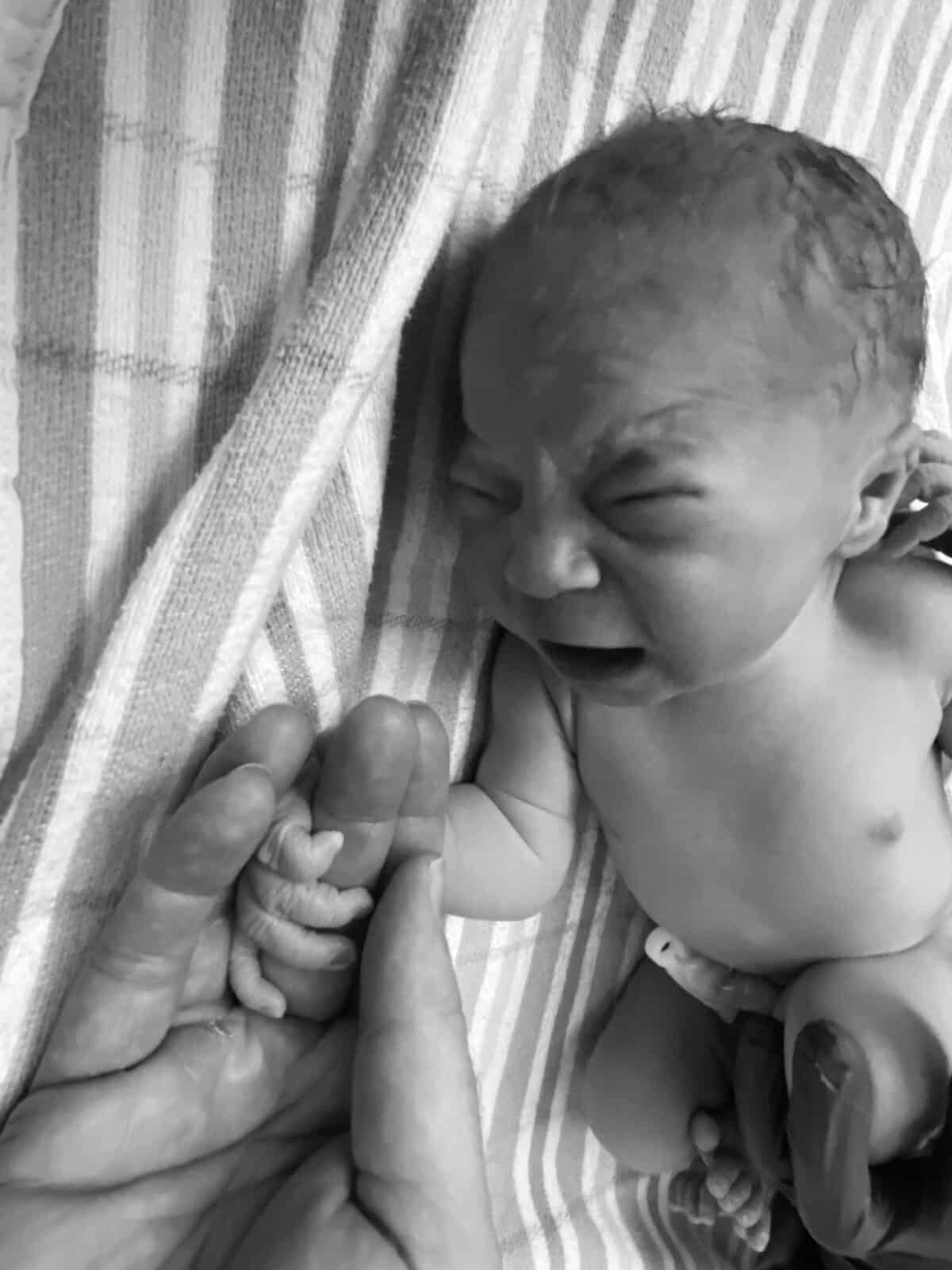
Topics Discussed
craniosynostosis journey, parent advocacy, surgical planning, Unexpected diagnosis
Episode Sponsor
Today’s episode is brought to you by Moonpig. Remember the excitement of finding a beautiful card in your mailbox? Moonpig has brought that special feeling back to over 4 million Aussies.
As parents, we know how important it is to celebrate life’s milestones. Speaking of birthdays, it’s actually my son Nik’s 12th birthday this week, so we’ve jumped on Moonpig, like we always do, to create some personalised cards for him. We’ve also made a beautiful mug with a family picture on it, and we really hope that he enjoys it.
With over 33,000 personalised cards for every occasion, you can create something truly special from home. Add your own photos, scan in your handwriting, or even include QR codes for video messages. It’s so much more than a basic supermarket card – it’s a keepsake they’ll treasure.
Starting from just $9.99, you can create something beautiful through their website or the Moonpig app. And here’s something special for our Australian Birth Stories community – enjoy 50% off your first card plus free standard shipping when you use the code ABS at checkout.
Visit Moonpig.com today. Moonpig – Making life’s moments magical, one card at a time.
Categories
Related Products
-
The Caesarean Birth Class
4 reviews$198.00The empowering online childbirth education program that will help you confidently prepare for birth.
Join the conversation
Sign up to get the latest updates, freebies, podcast releases straight into your inbox
@AustralianBirthStories
Follow along with us
@AustralianBirthStories
Follow along with us
@AustralianBirthStories
Follow along with us
@AustralianBirthStories
Follow along with us
@AustralianBirthStories
Follow along with us
@AustralianBirthStories
Follow along with us
@AustralianBirthStories
Follow along with us
@AustralianBirthStories
Follow along with us
@AustralianBirthStories
Follow along with us
@AustralianBirthStories
Follow along with us
@AustralianBirthStories
Follow along with us
@AustralianBirthStories
Follow along with us

